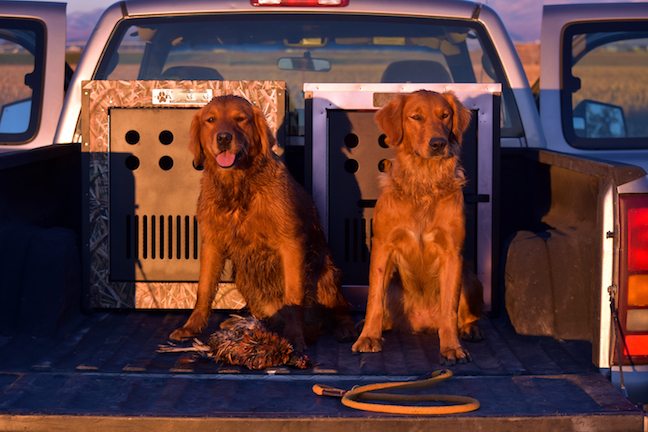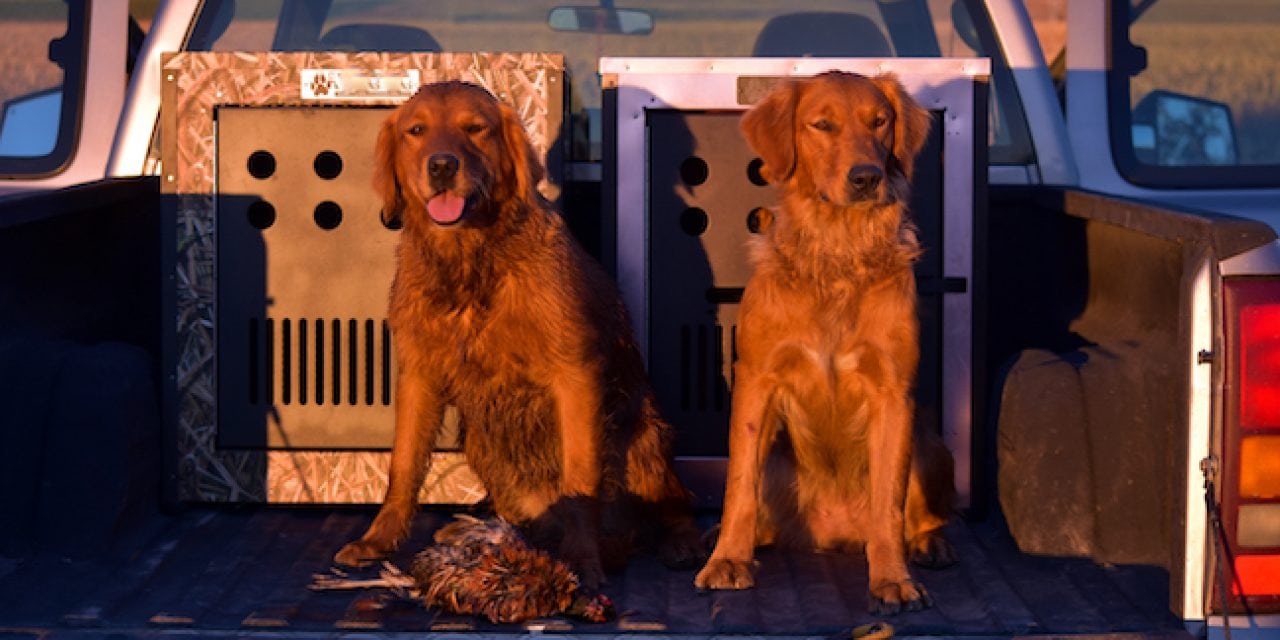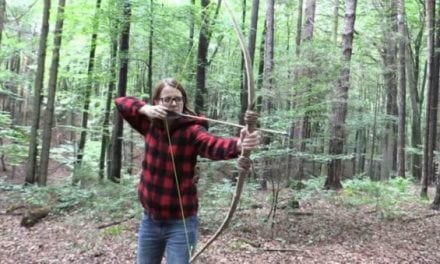Teach your dog the cardinal rule for waterfowl dogs, and enforce it.
Most things in life worth doing are not only worth doing right, but also are better done by starting with the basics, the fundamentals.
Little Leaguers don’t come out of the gate playing in the Majors. Eddie Van Halen wasn’t always that good on a six-string. And Michael Jordan? The legend had to learn somewhere, from someone.

Steady to shot is just one aspect of a retriever’s full regimen of education, but it’s perhaps one of the most important. (Shutterstock image)
And so it is with retrievers. Yes, some are naturally gifted and learn faster than others; still, even the black Labrador equivalent of Albert Einstein needs coaching, guidance, instruction. And then, when that instruction starts to wane just a tad, ol’ Mister Einstein needs a reminder.
Steady to shot is just one aspect of a retriever’s full regimen of education, but it’s perhaps one of the most important, and for several different reasons
“Steady to shot is the most important part of my professional training program, by far,” said expert dog trainer Nick Hall.
Hall (hallkennels.com; 636-293-1410) has been training professionally since 2004, and on his own since 2010. The young man trains them all — Juniors, Seniors, and Master Hunters.
“Being steady to shot, by definition,” said Hall, “is the act of a retriever waiting, or being steady, until it’s given a verbal command to retrieve fallen game.
Why is that important?
“Multiple reasons, actually,” he continued. “Safety, both the dog’s and the hunter’s, is paramount. Every year, unfortunately, I hear instances where dogs have broken — that is, not been steady — and have been shot. Too, a dog that’s not steady can disrupt a hunt. It’s tough to finish birds with a dog that’s moving uncontrollably.”
Training a retriever to be steady to shot doesn’t depend on the dog’s age, said Hall, but rather on the individual dog’s desire. “This training begins when the dog exhibits the proper degree of drive. Not when you’re building the dog’s desire to perform. It’s a balancing game. Once they have the desire to retrieve, then you can make them wait.”
Teaching steady to shot, while possible as a solo act, is perhaps most easily accomplished with a training partner. Hall uses a sturdy elevated platform as a training tool when teaching steady to shot.
“An elevated stand,” he said, “makes the process black and white. It reveals any problems or areas where help is needed immediately.”
Working with a partner, Hall begins the process. “Once the dog has learned to sit and mark,” he said, “I’ll have someone throw a bumper. If or when the dog’s rear end leaves the stand, I reinforce the sit command. If he sits (as he should), even for two seconds, I send him. It’s a building process.”
Interestingly, Hall does not incorporate shooting into the steady-to-shot process immediately. “I don’t want the dog to be distracted in any way,” he advised. “When the dog demonstrates the desire and drive — when the dog learns steady to shot — only then do I introduce the audible, the gunshot.”
Periodic reminders may be necessary when it comes to reinforcing steady to shot. “A retriever can get looser and looser throughout the season,” said the trainer. “A dog breaks, and the owner doesn’t do anything about it. Owners have to be consistent. We all like to hunt, but the owner has to remember to keep the consistency in his training, especially in the field. And especially during that first hunt or two of the season.”
More G&F Stories on Hunting Dogs
- Bird Hunting: Keep Your Dog Hunt-Ready
- How to Train a Top Pheasant Dog: Expert Advice
- Great Grouse Hunting Dog Breeds
- Your Bird Dog: Learn to Build Trust
The post ‘Steady to Shot’ Tips for Training Waterfowl Dogs appeared first on Game & Fish.
















